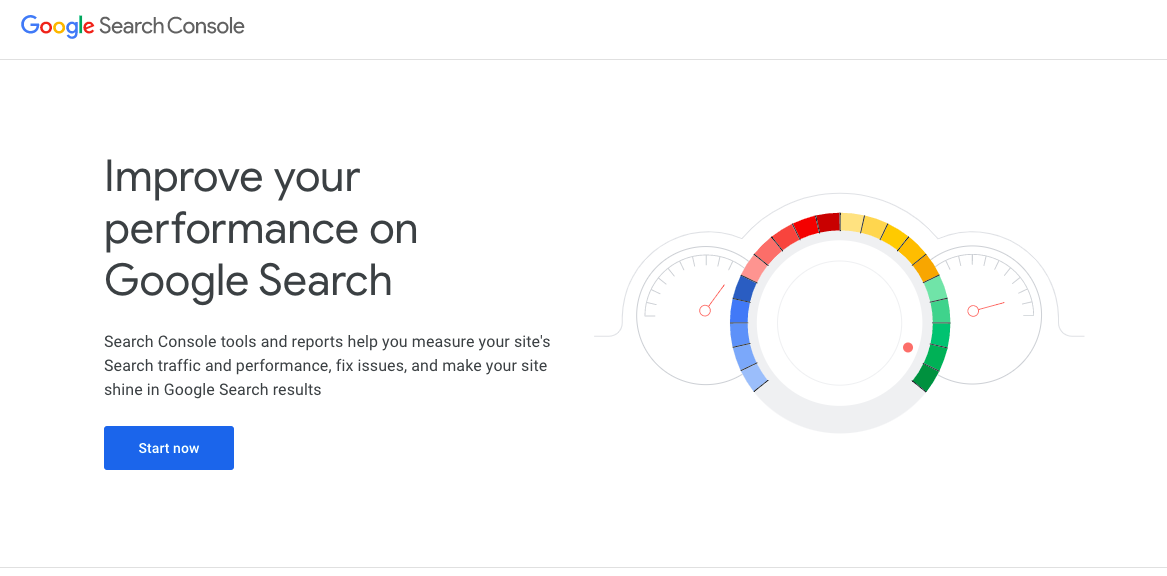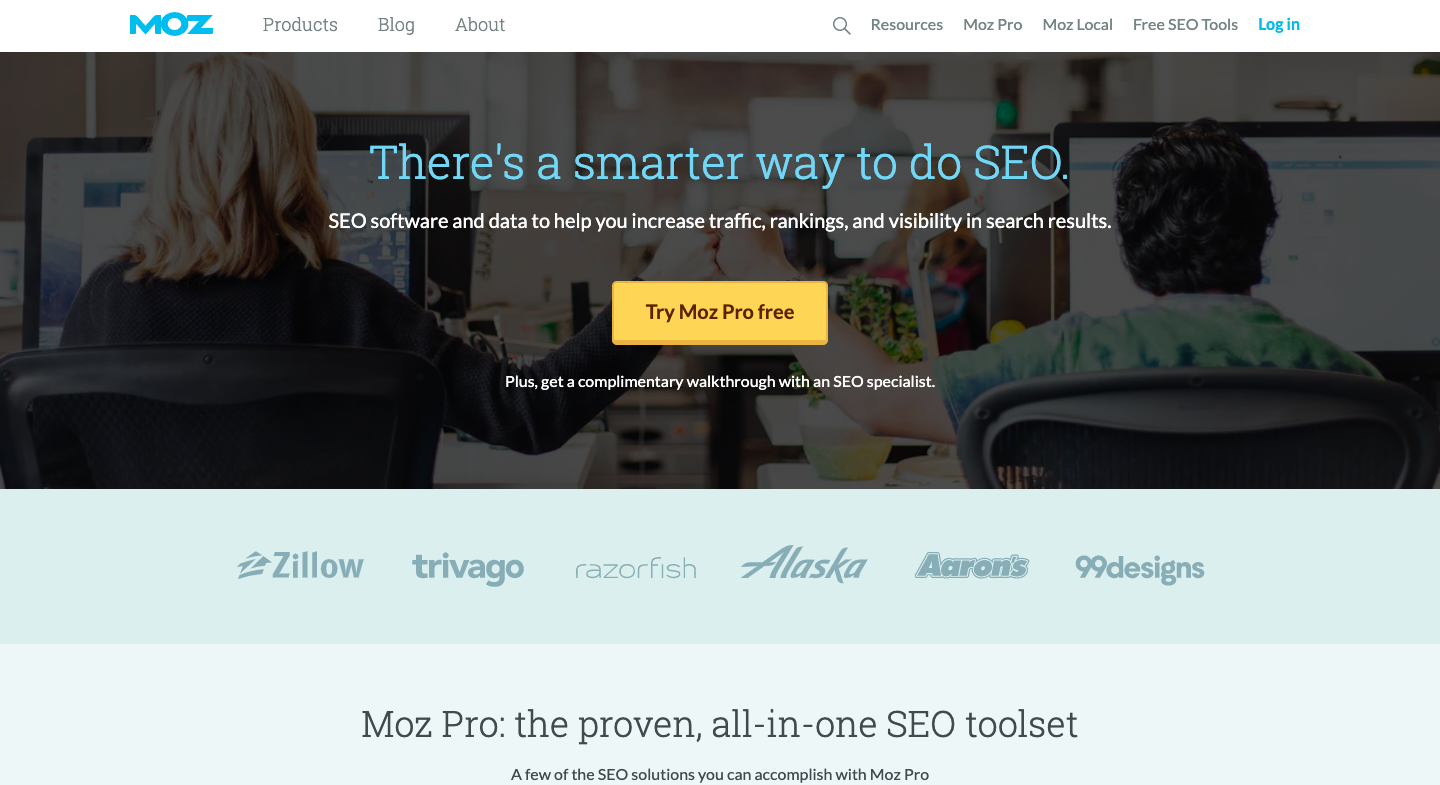Oh, Hello Branding Group
Link building is an integral part of an overall SEO strategy. It’s actually one of the top factors that search engines look at when determining your ranking. Whether you’re creating a new link-building strategy or revising a current one, it’s important to know where you currently stand and how you can improve. Here is what backlink analysis is and the tools needed to conduct it.
Backlink Analysis
Backlink analysis is a complete review of a website’s backlinks to analyze the site’s performance and identify issues that could affect its search engine ranking. Think of it like going to the doctor for a check-up. It should be done regularly to make sure everything is working how it’s supposed to be, but you should also do it if you notice something is wrong. This process is one of the best ways to understand your site’s SEO health and understand what factors are helping it rank higher. Maybe you’ve noticed a dip in your ranking or you aren’t seeing the progress that you may have expected.
Backlink analysis will also show you how your website compares to your competitors. You’ll gain insight into strategies your customers are using and what you could implement into your own process. It’s also a chance to identify any new opportunities that you could be utilizing.
How to conduct a backlink analysis
1. Choose the sites you want to analyze
Obviously, you are mainly auditing your own website, but you’ll also want to create a shortlist of competitors that you want to review. You might have a few that immediately come to mind, but in case you don’t, pick sites that offer similar products or services to you and/or are currently outranking you for the keywords you are targeting.
2. Choose an auditing tool
While you could perform a manual backlink audit, it’s much more efficient to use an existing backlink tool that has the key features you’re looking for. There are several backlink tools available today, with various prices and capabilities. They can often be found within an SEO tool, such as SEMrush or Majestic.
3. Get a quick overview
Once you have your desired auditing tool, it’s time to start the analysis. Type your domain tool into the search bar and view the results. You might be overwhelmed at first with all of the data, but you can get a quick overview of how your site’s performing by focusing on these metrics:
- Total number of backlinks: The total number of backlinks that point to the site. For example, if one website writes a blog post and hyperlinks to a page on another website, that is one backlink. If this number is very low, it might be contributing to a low ranking.
- Referring domains: This is the total number of websites that are pointing to your website. One website pointing to another website counts as one referring domain. You can sort these domains by authority which can tell you how valuable these pages are to your ranking and give you ideas on who to reach out to later on.
- Top linked pages: The top linked pages are the pages on a website that get the most backlinks. This indicates what type of content is best for backlinking.
Repeat this step with your selected competitors to set a benchmark and learn where you fall among them.
4. Do a deep dive into the details
Now that you’ve had a quick overview of your ranking, it’s time to go further into the details and look at metrics that might answer some questions that you have. Start by looking at your anchor text, which are the words used to hyperlink your webpage. This can help you identify any spam backlinks that could be hurting your ranking. A good rule of thumb is that if the anchor text relates to the content on your site, it’s probably a good link. But if it looks like junk and is completely unrelated to your site and your business, it’s spam.
Once you’ve identified those links you can reach out to those websites and ask to be removed. You may not get a response but it’s always worth a shot. In addition to spam, you’ll want to look at your country code top-level domain (ccTLD) distribution. ccTLD refers to the last portion of a URL, which designates which country it is from. This is another way to identify any websites that could be hurting your ranking. If your website gets a lot of traffic from Greece, for example, it wouldn’t be cause for concern to see a lot of .gr backlinks. However, if your website has no reason to get traffic from Greece or you see other unfamiliar TLDs, it’s worth looking into.
The next detail to look into are broken or lost links. It’s important to identify your broken and lost links because you are missing out on the benefits from those links. It can also make your website harder to crawl. Once you’ve identified your broken or lost links, what should you do? You have the following options:
- Reach out to the referring domain and ask for it to be fixed
- Redirect the broken page to a new webpage on your website
- Redirect the broken page to another page on your website with similar content
5. Check what your competitors are doing
Once you dive deeper into the details of your domain, make sure you compare all of that wonderful data with your research on your competitors. For example, look at the referring domain for the website that is ranking higher than you. If there are similar sites on your list and theirs, you can use some of the ones on their list for what sites to aim for. It’s also useful to compare your backlink acquisition rate against your competitors. Are they growing at a faster pace than you? It could identify another area of improvement.
Best Backlink Analysis Tools
1. Google Search Console
Google Search Console is a free tool that you can use to do an initial backlink checkup. It shows you top metrics, your total links, and referring domains. The one negative aspect of this site is that you can’t easily compare your site to competitors. However, it is a good place to start to gain a big-picture view of your site’s performance.

2. Ahrefs
Ahrefs is an SEO tool with more extensive features that helps companies optimize their websites. The backlinks checker can be accessed through the “Site Explorer” and allows you to quickly export your data to do further analysis. There are also sections that will help you explore backlinks in more depth. Ahrefs is a paid tool with pricing that starts at $82/month and can go up to $832/month for agency needs.

3. SEMrush
SEMrush is one of the most popular SEO tools with a backlink tracker available to you. It allows you to easily compare your report to your competitors, even up to three at a time. It also offers visual aids and graphs to help you understand the data in a different way. SEMrush allows free users to do 10 searches per day, and you won’t get the full capabilities of the features. For full access, a subscription is needed, and they range from $99/month to $449/month.

4. Moz
Moz is another top backlink tool available to marketers. They offer organized dashboards that are easily downloadable and make it easy to focus on the metrics you’re searching for. They also offer a “Spam Score” which provides insight into which links might be hurting your SEO. Moz has a 30-day free trial and monthly plans, starting at $79/month.

Backlink analysis is essential to a successful strategy and needs to be consistently monitored and updated. Although, once you’ve done it once or twice, it will become an easy, routine part of your SEO and overall marketing strategy.
If you’d like any help creating your SEO strategy or running an audit of your site, contact us below and we can help!





Submit a Comment